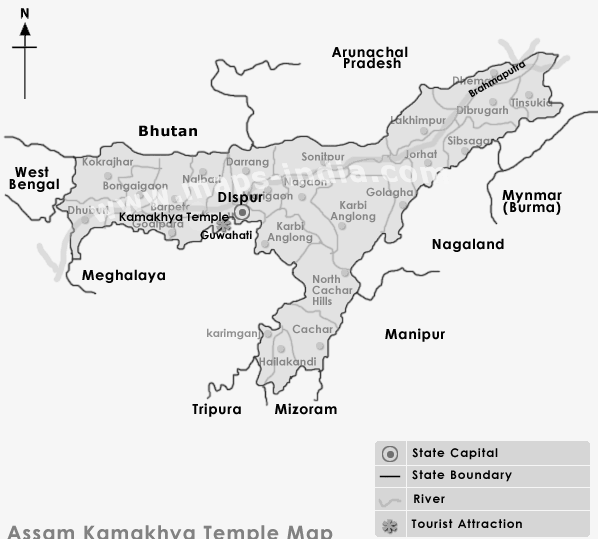PM Modi lauds Assam’s Kamakhya corridor initiative.

Other similar corridors
The Union Cabinet approved the National Quantum Mission (NQM).
Quantum-based (physical qubit) computers are far more powerful to perform the most complex problems in highly secure manner.
Just like a binary bit is the basic unit of information in classical (or traditional) computing, a qubit (or quantum bit) is the basic unit of information in quantum computing.
Blockchain is a decentralised digital technology that is designed to securely store data in a way where hacking and compromising is not easy like on current mediums and variants of the Internet.
Features of Web3
Difference between Web2
|
Characteristics |
Web2 |
Web 3 |
|
Centralisation vs. Decentralisation |
Centralised, meaning data is stored on centralised servers owned and controlled by large corporations. |
Decentralised, meaning data is stored on a decentralised network of computers that are owned and controlled by the users themselves. |
|
Intermediaries vs peer-to-peer |
Relies on intermediaries such as banks, social media platforms, and online marketplaces to facilitate transactions and interactions. |
Enables peer-to-peer transactions and interactions, users can transact directly with one another without the need for intermediaries like banks. |
|
Data ownership and control |
Large corporations like Facebook and Google have control over user data and can monetise it in ways that users may not be comfortable with.
Users must trust intermediaries to keep their data and transactions secure. |
Users can choose to share data only with those they trust.
Users can trust the network itself to keep their data and transactions secure. |
A village in Maharashtra is fighting for the long forgotten Gramdan Act.
Vinoba Bhave was the first Satyagrahi chosen by Mahatma Gandhi when he launched the Quit India Movement in 1942 against British rule.
Features of the Act
Delhi-based non-profit Centre for Science and Environment (CSE) has launched a coalition of coastal cities to fight marine litter pollution across India.